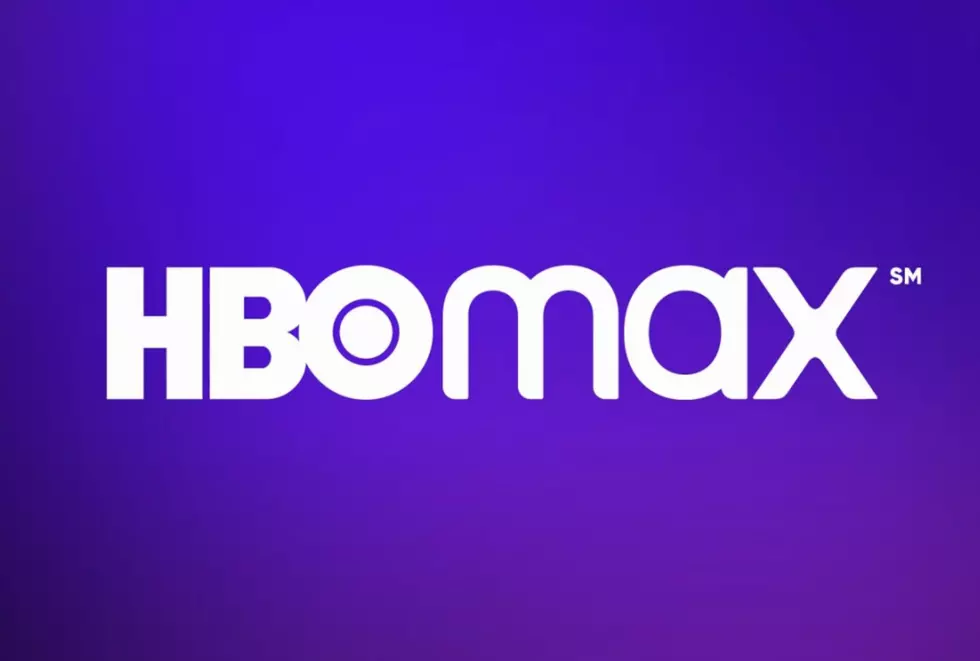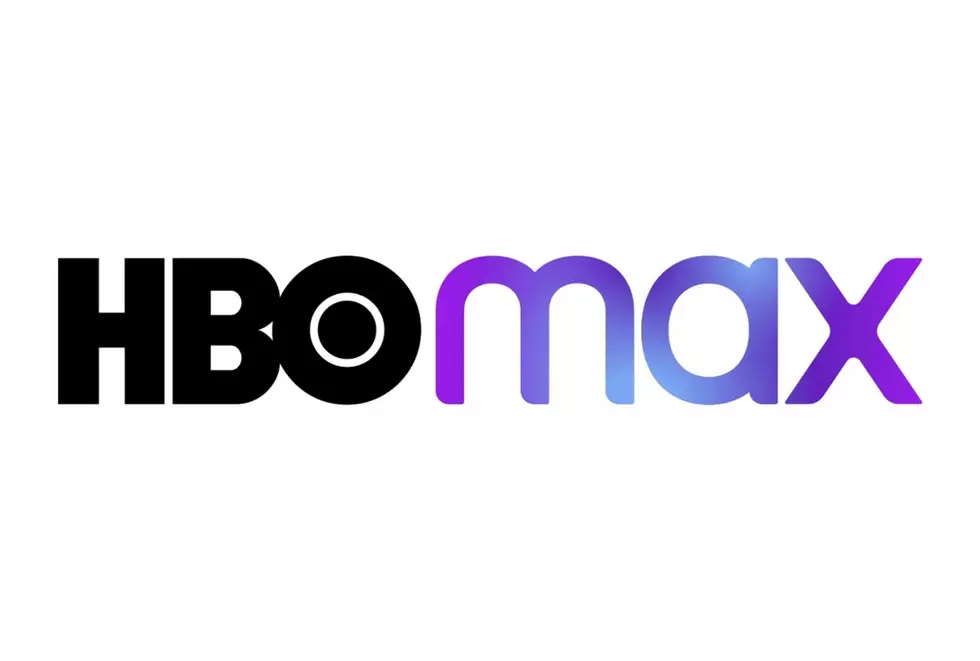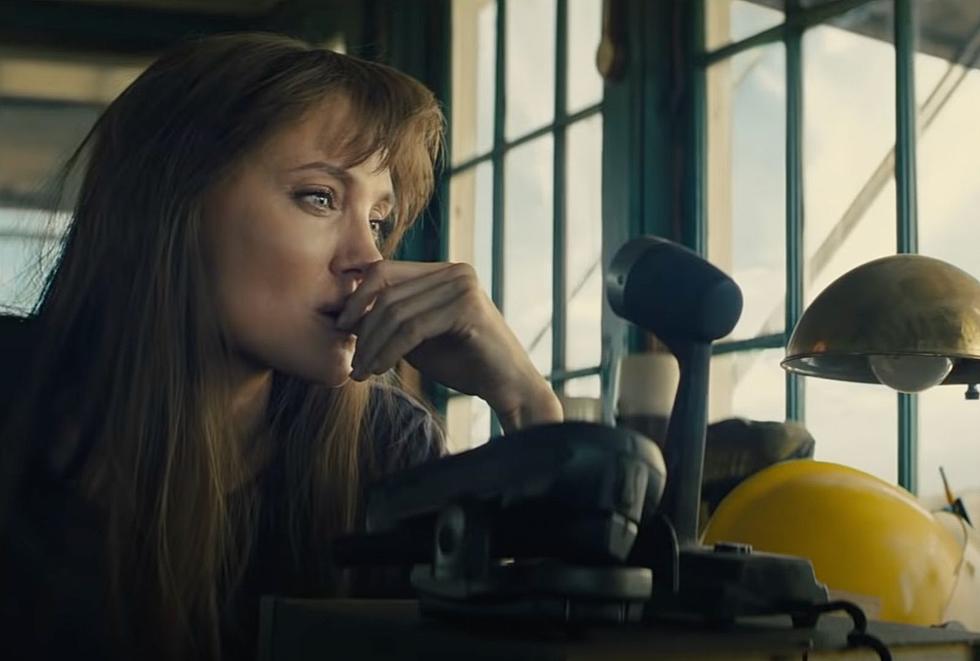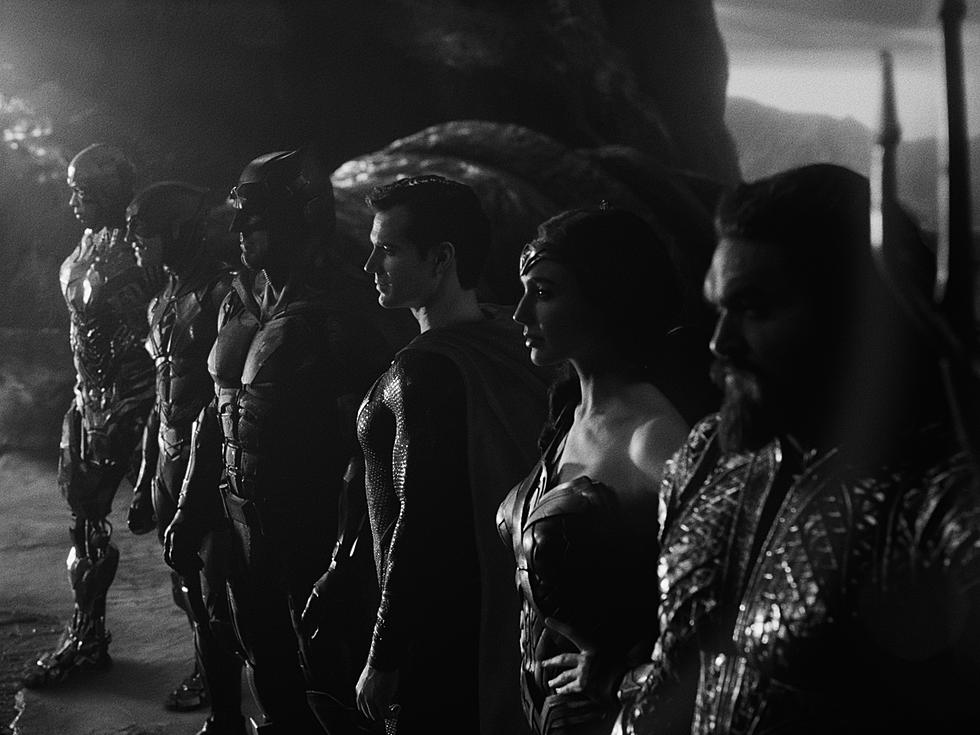
‘Wonder Woman 1984’ Review: A Super Disappointment
Patty Jenkins once said that the reason there were no deleted scenes on the Wonder Woman Blu-ray is because there were no Wonder Woman deleted scenes period — nothing that was shot got cut out of the movie. It sure feels like she applied that same more is more approach to the sequel as well. Wonder Woman 1984 runs 151 minutes, 12 minutes longer than its predecessor and at least 30 minutes longer than it needs to be.
The film opens with a lengthy and largely superfluous prologue set during Diana’s childhood, establishing the themes of truth versus desire that will run through the rest of the film. Once the movie finally shifts to the 1980s, there’s a brief action sequence involving Wonder Woman in a mall. Then about an hour passes before there’s another significant superhero setpiece. The interim remains watchable thanks to the conspicuous chemistry between the film’s stars, Gal Gadot and Chris Pine, reunited after decades apart. The explanation Wonder Woman 1984 provides for Pine’s return defies the rules of death and the passage of time — but at least it brings back the best part of the first Wonder Woman, Gadot and Pine’s fish-out-of-water romance, for a satisfying retread.
Pretty much everything in Wonder Woman 1984 that’s not an excuse for a Gadot and Pine reunion flops. That includes both of its villains. The primary one, Max Lord, is a businessman with dreams of grandeur, played by The Mandalorian’s Pedro Pascal as a muted caricature of Donald Trump — complete with big hair and an obsession with projecting the TV persona of a successful titan of industry, even though his actual company is in dire trouble. Then there’s Cheetah, also known as Barbara Minerva (and played by Kristen Wiig), a mousy colleague of Diana’s at the Smithsonian who is deeply enamored with her glamorous co-worker. The fact that she develops a feline alter ego as she comes out of her shell is the first of several things her storyline shares with Michelle Pfeiffer’s Catwoman from Batman Returns.
Then Chris Pine’s Steve Trevor, dead since the days of World War I, reenters the picture. (I will not spoil how, although the reason works within the story of the film with a few lingering questions about some of the logistics.) The fact that some 70 years has passed since Steve was alive gives Wonder Woman 1984 its best idea — to flip the dynamics of Diana and Steve’s relationship from the first movie, where she was experiencing the wonders of the world for the first time, much to his amusement. This time Steve is the one who’s dazzled by mundane technology like escalators and fanny packs, while Diana gets to explain bizarre futuristic concepts like breakdancing and garbage cans.
The same palpable connection Gadot and Pine had in the first movie is present in 1984, but so much of the film around them keeps dragging things down. Max’s plan requires an awful lot of globetrotting and exposition for something so simple, and Barbara’s inevitable transformation from Diana fangirl to hater supreme takes forever to begin and then happens almost instantly. A superhero film does not require non-stop action, but it needs something more substantive than nice comic chemistry between the stars to sustain it for over two and a half hours.
I don’t necessarily miss the overwhelming grimness of the Zack Snyder era of the DC Comics Movie Universe, but the first Wonder Woman did have a bit of grit and intensity that 1984 sorely misses. Instead of her God Killer sword from the original movie, Wonder Woman now uses her magical Lasso of Truth in a million different ways; swinging the way Spider-Man uses his webs to soar through Manhattan, tying up multiple bad guys at once, even swooping into the air by grabbing onto clouds or planes. It’s hard to fault anything a “magic” lasso does (it’s magic!), but it does tend to make Wonder Woman look less like a god among men and more like a cartoon character in the real world, untethered to physics or any other mortal concerns. Nothing in 1984 suggests the raw power and determination of the character in the face of real impossible odds the way the unforgettable trench warfare sequence in Wonder Woman did.
When Patty Jenkins explained the lack of deleted scenes or director’s cuts in her work, she said she “grew up with the pacing of films being a little bit slower and I think that’s great. And when I show those movies to my son, there’s no part of him that thinks they’re too slow. When you watch Superman or you watch Raiders of the Lost Ark, nothing about it is too slow.” She’s right — but Wonder Woman 1984 isn’t paced anything like Superman or Raiders of the Lost Ark. The latter clocks in at under two hours, and both of them barrel between big sequences and pepper the time between them with important character detail. Plus, both movies have several deleted scenes.
RATING: 4/10
Gallery — Every DC Comics Movie, Ranked From Worst to Best:
More From Majic 93.3










